Featured Projects
Live NBA Display - CSC 4110 Software Engineering
Under my leadership as the Team Leader and Product Owner, a team of 6 students developed the Live Sports Display project with a focus on delivering a real-time sports visualization experience. This project, built on a Django framework and developed in Visual Studio Code, is hosted on Heroku, a cloud-based application service. Utilizing tesseract-OCR for intelligent image analysis, our web application processes user-uploaded screenshots of fantasy basketball teams. This data is then conveyed through SSH to a Raspberry Pi, driving the 3 ws2812b LED panels. To manage this process efficiently, we employed Celery with Redis to handle asynchronous task execution, ensuring a responsive and scalable system. While the project's core functionality is operational, we continue to work and aim to have this finished by May 2024. We will enhance the user interface and construct a 3D printed case for the hardware components. Please contact me for a longer video or explanation as GitHub only supports files less than 25 MB.
View on GitHub | Visit the Live Sports Display Website
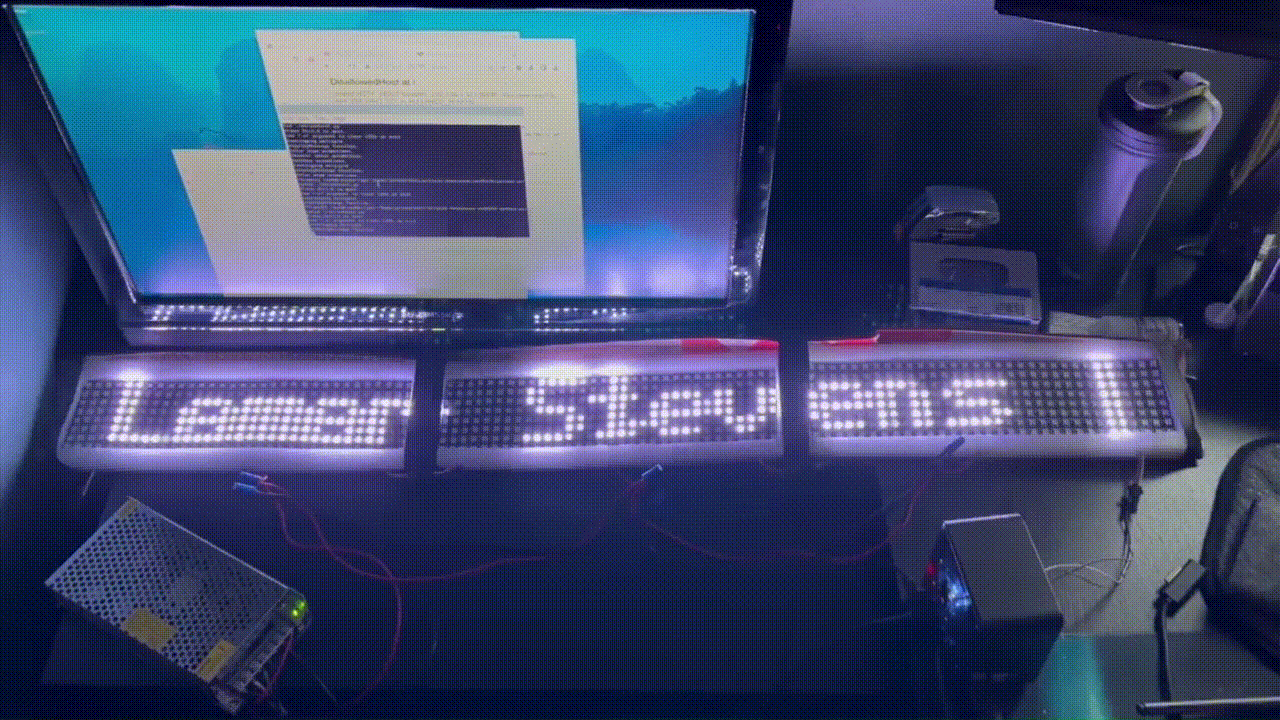
"Footprint", Find Missing People - CSC 4996 Senior Capstone Project
Developed a web-based application to assist law enforcement in locating missing individuals using live video analysis and machine learning-based clothing detection. Features include a user-friendly interface, advanced image recognition, and attribute-based search.
Tech Stack: YOLOv11m, Python, Firebase Authentication, Firestore, Django, Roboflow
View on GitHub | View LinkedIn Post


"CrowdCTRL", Room Occupancy Detection - CSC 5991 001 Computer Vision
CrowdCTRL uses a Raspberry Pi 4 and a lightweight YOLOv5n model to estimate occupancy by capturing frames every 15 seconds. The data is uploaded to Firestore and visualized in a Node.js-based mobile app, enabling real-time crowd monitoring.
Tech Stack: Node.js, Firebase, YOLOv5n, React-Native-Maps, Raspberry Pi, Python
View on GitHub | View LinkedIn Post
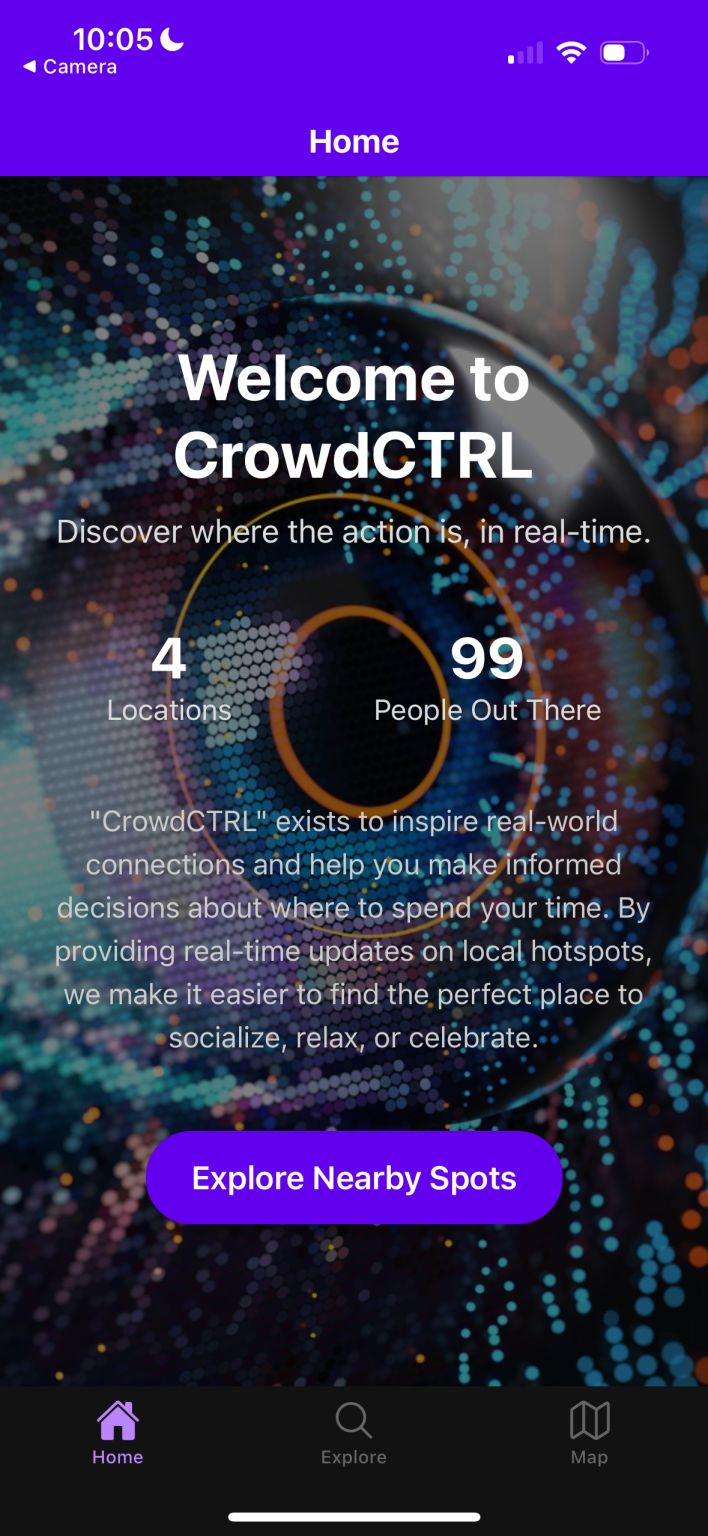

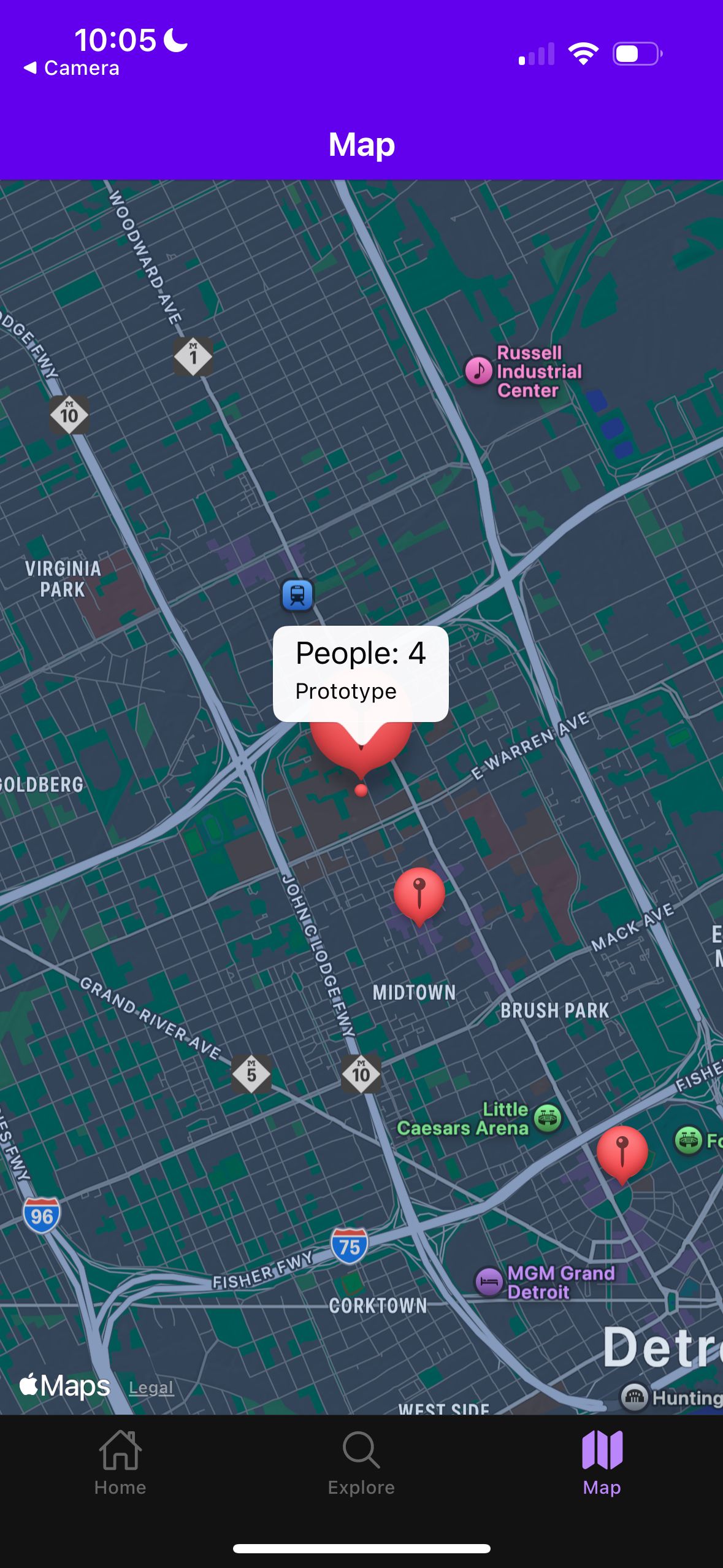
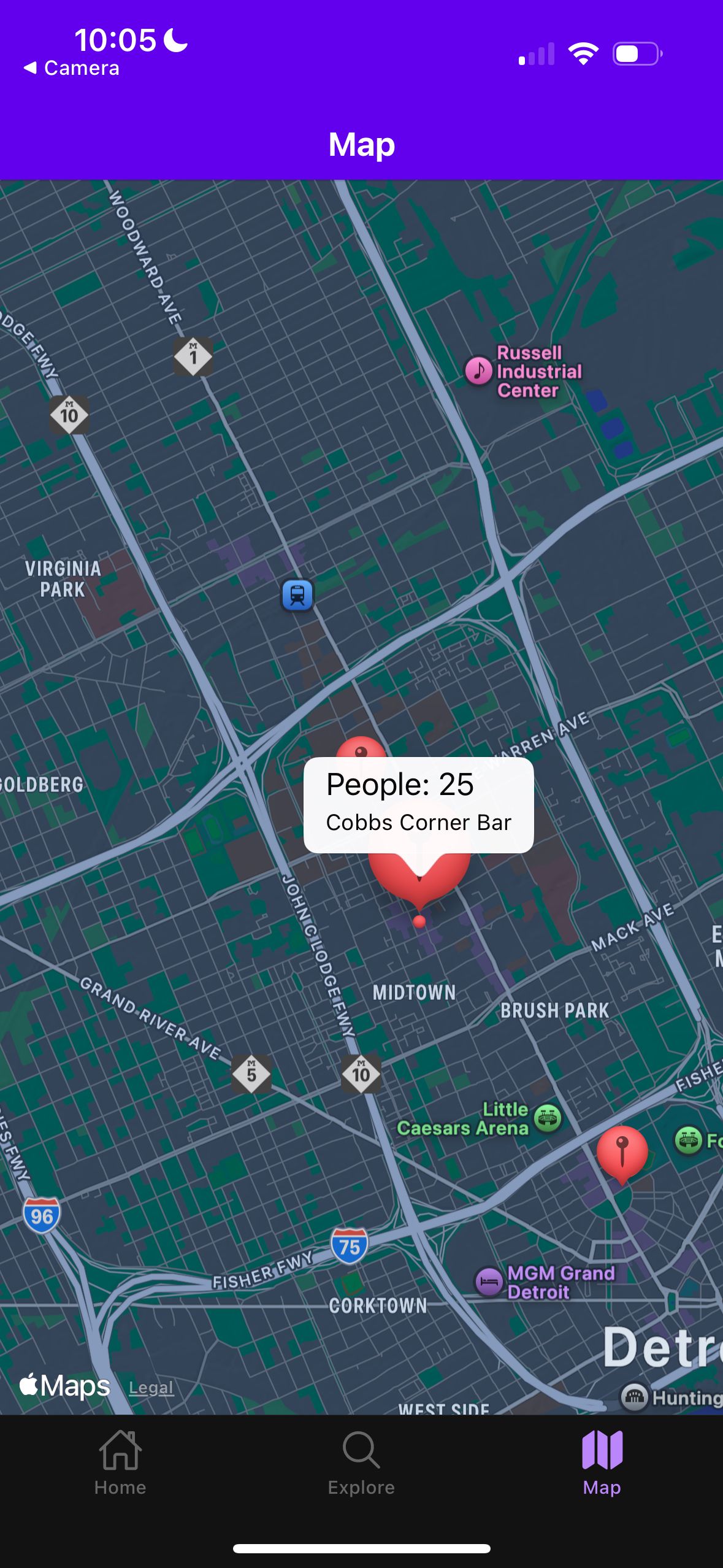
Automated Apartment Search Tool - Personal
This project integrates Zillow's API and Twilio's WhatsApp messaging service to automate the search for rental properties. It retrieves apartment listings in a specified location based on user-defined criteria such as price range, number of bedrooms, and bathrooms. The tool filters results based on key features like parking and laundry, and automatically sends the details to the user's WhatsApp. The project simplifies the apartment search process by providing real-time updates on available properties directly to the user’s phone.
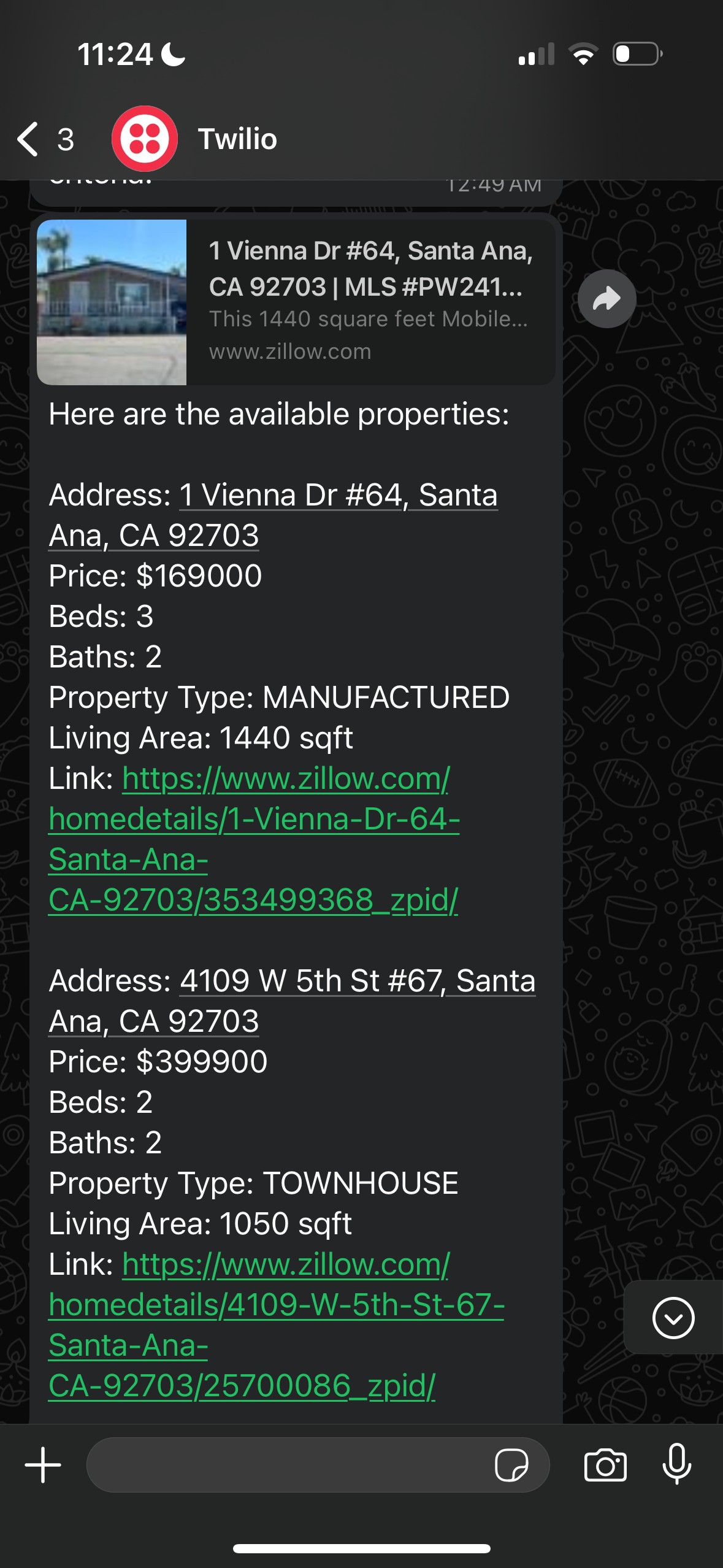
Speaker Backpack - Personal
Initiated at the age of 16, the Speaker Backpack was my first engineering project, where I repurposed speakers from my brother's Dodge Neon and integrated an 8" sub, powered by a 12V DC battery. The design incorporated an echo chamber to optimize sound output, applying basic audio engineering principles. While the 70lb backpack was not the most practical in terms of portability, it was a hit at football practices and basketball games, teaching me about audio engineering, amp wiring, circuitry, and fabrication using heavy machinery like the shop bot.
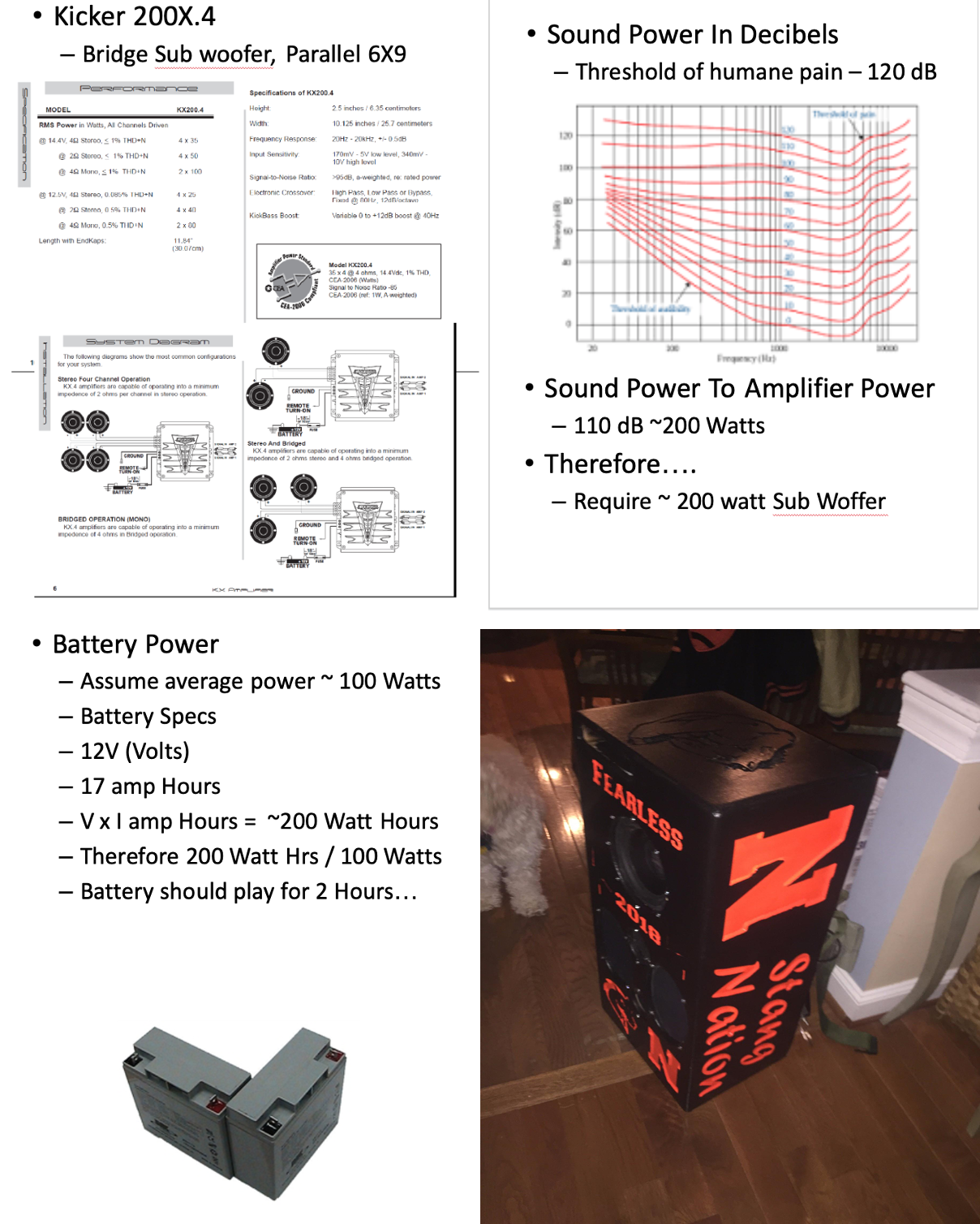
Replacing the Exhaust Manifold on a 4.6L V6 Boat Engine - Personal
My friend and I embarked on a journey to refurbish a 1995 Regal speed boat, purchased for around 2 thousand dollars. Upon discovering a crack in the exhaust manifold and subsequent rust inside, we disassembled the engine, installed a new part, and retuned the engine. Despite initial stalling issues due to our tuning, professional retuning made it fully operational. This project provided insights into engine mechanics, tuning, and failure analysis.

Research Paper Summary 1: Privacy-Preserving Deep Learning - CSC 5991 002 Secure Machine Learning
I presented on the topic of privacy-preserving deep learning, specifically focusing on the paper 'Privacy-Preserving
Deep Learning' by Reza Shorki and Vitaly Shmatikov. This research explored how distributed learning techniques enable machine learning models to be trained without exchanging raw data between participants, thereby enhancing privacy within deep learning systems.
This presentation was held on:
- October 8, 2024 (Tuesday): Privacy-preserving deep learning
A full report on this paper is linked below.
Read the full paper here | Download Presentation

Research Paper Summary 2: Differential Privacy Attacks in Machine Learning - CSC 5991 002 Secure Machine Learning
I presented on the topic of membership inference attacks in machine learning, focusing on the research paper "Membership Inference Attacks Against Machine Learning Models" by Milad Nasr, Reza Shokri and Amir Houmansadr. The presentation covered how these attacks exploit differences in model behavior to infer whether specific data points were part of the training dataset.
The presentation was held on:
- November 19, 2024 (Tuesday): Machine learning with membership privacy using adversarial regularization
A full report on the paper and its findings is linked below.
Read the full paper here | Download Presentation
